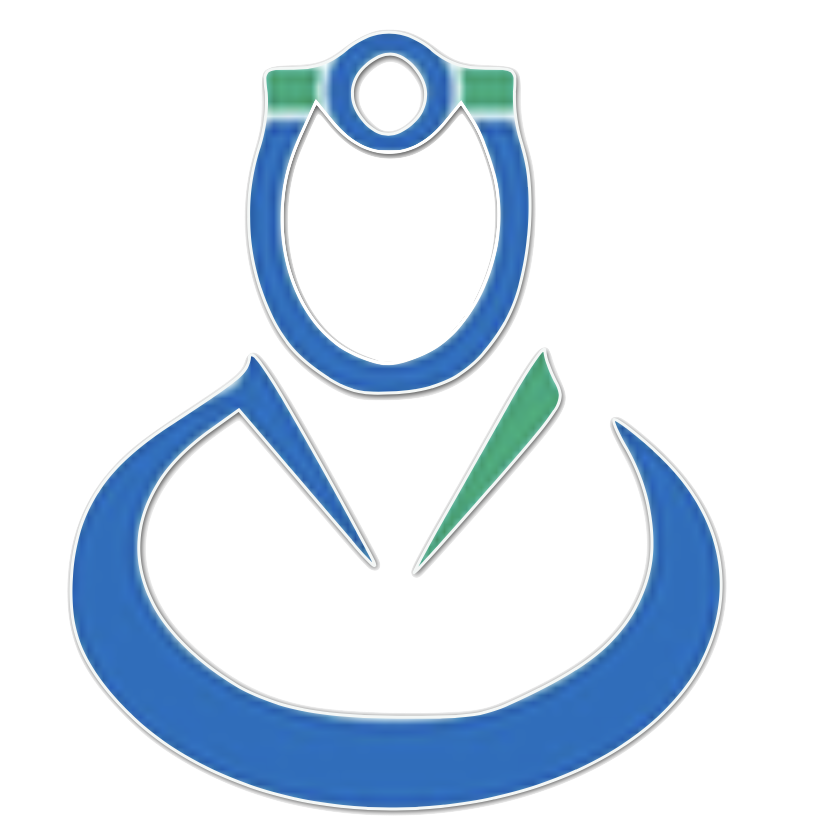Cloud Computing in Healthcare
Cloud computing has emerged as a transformative technology in healthcare, offering a flexible, scalable, and cost-effective platform for storing, processing, and analyzing vast amounts of healthcare data. By leveraging cloud-based services, healthcare organizations can improve operational efficiency, enhance collaboration, and deliver more personalized and data-driven patient care.
Here are some key aspects and applications of cloud computing in healthcare:
1. Electronic Health Record (EHR) Systems:
– Cloud-based EHR systems enable healthcare providers to securely store, access, and share patient health information across multiple care settings.
– Cloud platforms offer scalable storage, high availability, and disaster recovery capabilities, ensuring the reliability and accessibility of critical patient data.
– Cloud-based EHRs facilitate care coordination, reduce data silos, and enable real-time updates and collaboration among healthcare teams.
2. Telemedicine and Remote Monitoring:
– Cloud computing enables the delivery of telemedicine services, allowing patients to access healthcare remotely through video consultations, remote monitoring, and virtual care platforms.
– Cloud-based solutions provide the necessary infrastructure for secure video conferencing, data transmission, and storage of remote monitoring data from wearables and medical devices.
– Cloud platforms enable the integration of telemedicine with EHRs, allowing for seamless documentation and continuity of care.
3. Medical Imaging and Data Storage:
– Cloud computing offers scalable and cost-effective storage solutions for medical imaging data, such as X-rays, CT scans, and MRIs.
– Cloud-based picture archiving and communication systems (PACS) enable the secure storage, retrieval, and sharing of medical images across healthcare organizations.
– Cloud platforms provide the necessary computing power for advanced image analysis, computer-aided diagnosis, and machine learning applications in medical imaging.
4. Big Data Analytics and Predictive Modeling:
– Cloud computing provides the computational resources and tools required for analyzing large-scale healthcare data, including electronic health records, claims data, and genomic data.
– Cloud-based analytics platforms enable the application of machine learning and artificial intelligence techniques to uncover insights, identify patterns, and develop predictive models for disease risk assessment, population health management, and precision medicine.
– Cloud computing facilitates the integration and interoperability of diverse healthcare datasets, enabling more comprehensive and data-driven decision-making.
5. Research and Clinical Trial Management:
– Cloud computing supports collaborative research efforts by providing a centralized platform for data sharing, analysis, and project management.
– Cloud-based solutions enable secure and compliant data storage, enabling researchers to access and analyze data from multiple institutions while ensuring data privacy and security.
– Cloud platforms streamline clinical trial management by providing tools for participant recruitment, data collection, and real-time monitoring of trial progress.
6. Disaster Recovery and Business Continuity:
– Cloud computing offers robust disaster recovery and business continuity solutions for healthcare organizations.
– Cloud-based backup and replication services ensure that critical healthcare data and systems can be quickly restored in the event of a disaster or system failure.
– Cloud platforms provide geographically distributed data centers, enabling healthcare organizations to maintain operations and access to patient data even in the face of local disruptions.
7. Interoperability and Health Information Exchange:
– Cloud computing facilitates the interoperability and exchange of healthcare data across disparate systems and organizations.
– Cloud-based health information exchange (HIE) platforms enable secure and standardized data sharing, allowing healthcare providers to access a patient’s complete medical history regardless of where care was received.
– Cloud computing supports the adoption of interoperability standards, such as HL7 FHIR, enabling seamless integration and data exchange between EHRs, medical devices, and other healthcare systems.
While cloud computing offers numerous benefits for healthcare, it also presents challenges related to data privacy, security, and regulatory compliance. Healthcare organizations must ensure that their cloud providers adhere to strict security measures, such as encryption, access controls, and continuous monitoring, to protect sensitive patient data. Compliance with regulations such as HIPAA, GDPR, and regional data protection laws is crucial when adopting cloud solutions in healthcare.
Looking ahead, the adoption of cloud computing in healthcare is expected to continue growing as organizations seek to leverage its benefits for improved patient care, research, and operational efficiency. The integration of cloud computing with other emerging technologies, such as artificial intelligence, Internet of Things (IoT), and blockchain, will further accelerate innovation and transformation in the healthcare industry.
As healthcare moves towards a more connected, data-driven, and patient-centric future, cloud computing will play a pivotal role in enabling the secure and seamless flow of information, empowering healthcare providers to deliver more personalized, efficient, and high-quality care to patients worldwide.
by Dr. Jose A. Cisneros, MD,PhD


Recent Comments